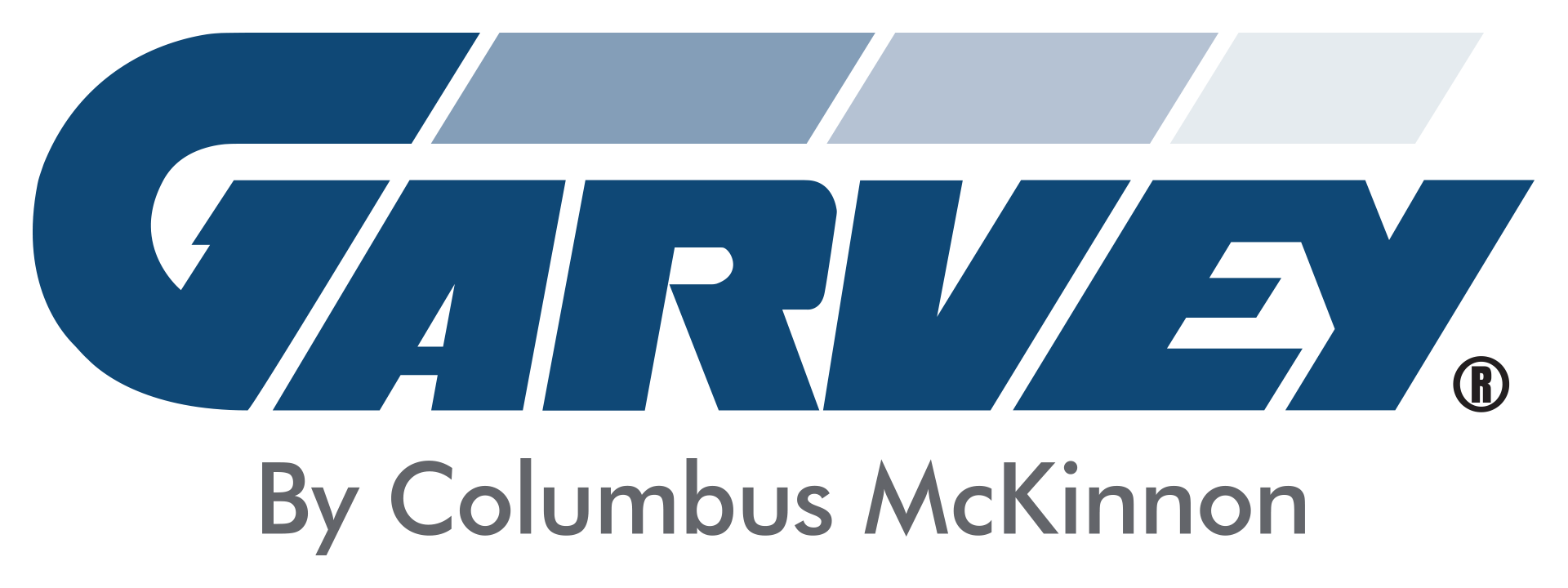Many of us at Garvey are big sports fans (we are even sponsoring a rugby team), and one of the most important goals for any owner, GM, or coach is to build a winning culture. Although money, talent, and luck all matter, certain teams tend to float to the top because they invest in developing a culture that supports winning.
In manufacturing, a continuous improvement culture can help producers increase throughput because it builds a foundation for success that is constantly evolving with the needs of the business and the expectations of its customers.
What Is a Continuous Improvement Culture?
A continuous improvement culture is based on the principles of kaizen. Kaizen is a Japanese term that means “good change” or “change for the better.” As a business philosophy, kaizen involves ongoing improvement through small, incremental changes. The five principles of kaizen that help drive a robust continuous improvement culture are as follows:
Know Your Customer
By understanding their customers through research and conversations on their goals, motivations, and interests, stakeholders can strategically reach their customers and elevate their experience.
Go to Gemba
Leadership must “follow the action” by having an observant role on the floor to see how all the parts contribute to the whole. A Gemba walk is a common aspect of lean manufacturing (kaizen and lean manufacturing are closely related) where management observes floor activity to understand their workers’ needs and facilitates productive conversation between leadership, supervisors, and associates about ways to improve activity on the floor.
Let It Flow
Efficiency is essential in a continuous improvement culture as kaizen targets waste, including excess inventory, delays, unnecessary and redundant tasks, and untapped creativity. Employees are encouraged to identify and recommend ways to reduce time, costs, and efforts to improve their productivity. For example, a just-in-time (JIT) inventory strategy aligns inventory with production to eliminate bottlenecks and other waste.
Empower People
Everyone has a role in a business’s success, and a continuous improvement culture empowers employees to thrive and make meaningful contributions that will drive better outcomes. As such, employees must be equipped by the company with the tools, training, and support to identify and make improvements in their work environment.
Be Transparent
Data supports a continuous improvement culture, and improvement is judged by predefined metrics that help everyone involved understand individual expectations and organizational goals.
A continuous improvement culture strives for long-term organizational improvement that boosts the customer experience, drives growth, enhances productivity, and contributes to employee happiness and well-being.
How Can Manufacturers Implement a Continuous Improvement Culture?
Every manufacturing organization will have its own needs and challenges. The key thing to keep in mind is that the focus should be on improving all aspects of the organization, including all processes, any products or services, and the overall customer experience.
A continuous improvement culture is built on gradual changes that create long-term successes. This doesn’t mean these changes won’t make an immediate impact, but they differ from other large-scale approaches that create stark, often chaotic, and costly consequences.
Manufacturers should embrace training and career development, experimentation, innovation, communications, and feedback to foster a continuous improvement culture.
Implementing a continuous improvement culture requires a systematic approach that involves everyone from management to product line associates. Here is a brief roadmap for how you can get started.
Identify Improvement Opportunities: From process mapping and analyzing data to listening to employee and customer feedback, there are many ways to learn where your business may need help and which processes need improvement.
Assemble a Team: After documenting improvement opportunities, it is time to form a cross-functional team from different departments, including managers and associates, to participate in a focused improvement event. These are typically called kaizen events, and they help teams prioritize improvements.
Implement Improvements: Once any improvements have been identified and developed, your cross-functional team will work together to implement them. For example, if the team determines that an accumulator is needed to help workers maintain their pace and reduce injuries, they could call us to find a Garvey accumulation system for their line that meets their needs and budget.
Monitor and Adapt: After the solution has been implemented, your team will need to monitor it to ensure it works as intended. As such, the team may need to recommend additional training or updates to SOP to ensure its adoption and success.
Look for New Improvements: Over time, your team will get a good idea of what’s working and what may need to be adjusted to reflect evolving business needs and challenges. You will already have a foundation to identify and improve by this stage. The goal is to keep making minor, incremental improvements as needed through regular audits, communications, experimentation, and other methodologies.
As a lean manufacturing organization, we are advocates of continuous improvement and kaizen. Contact us today to reduce your bottlenecks, improve worker safety, and, of course, increase your throughput.




